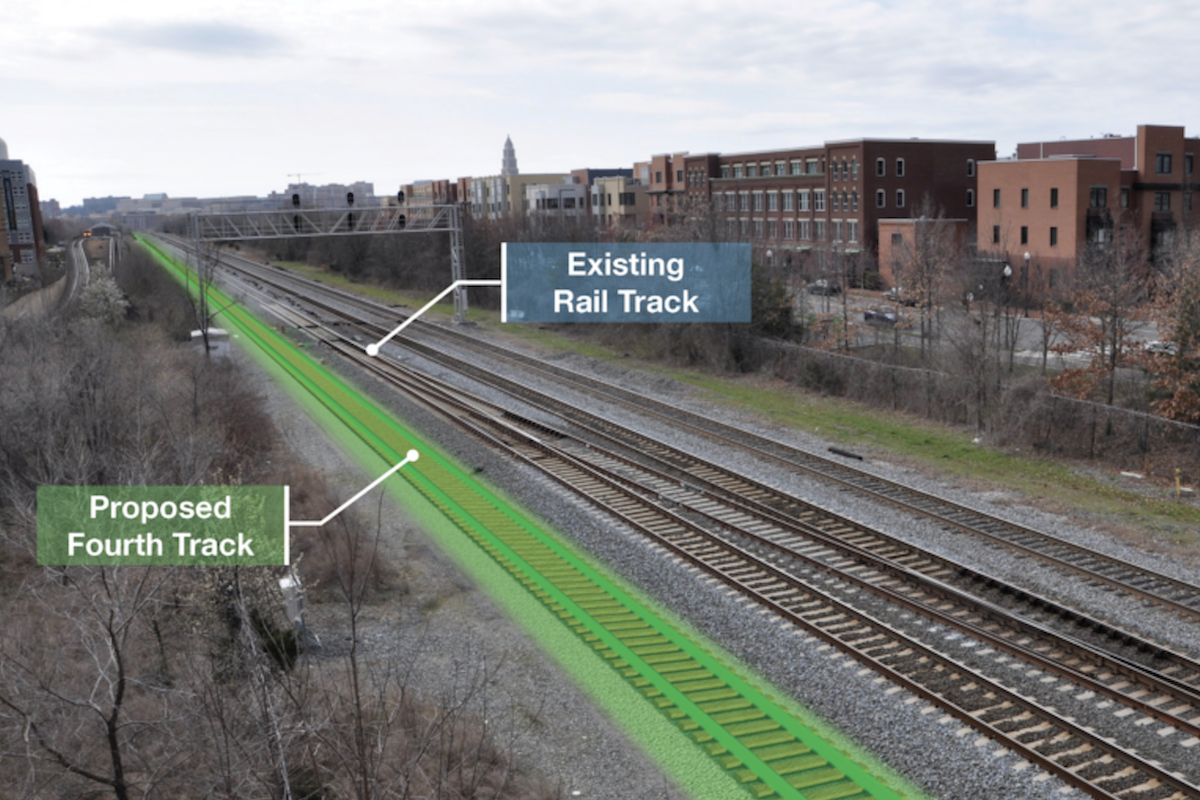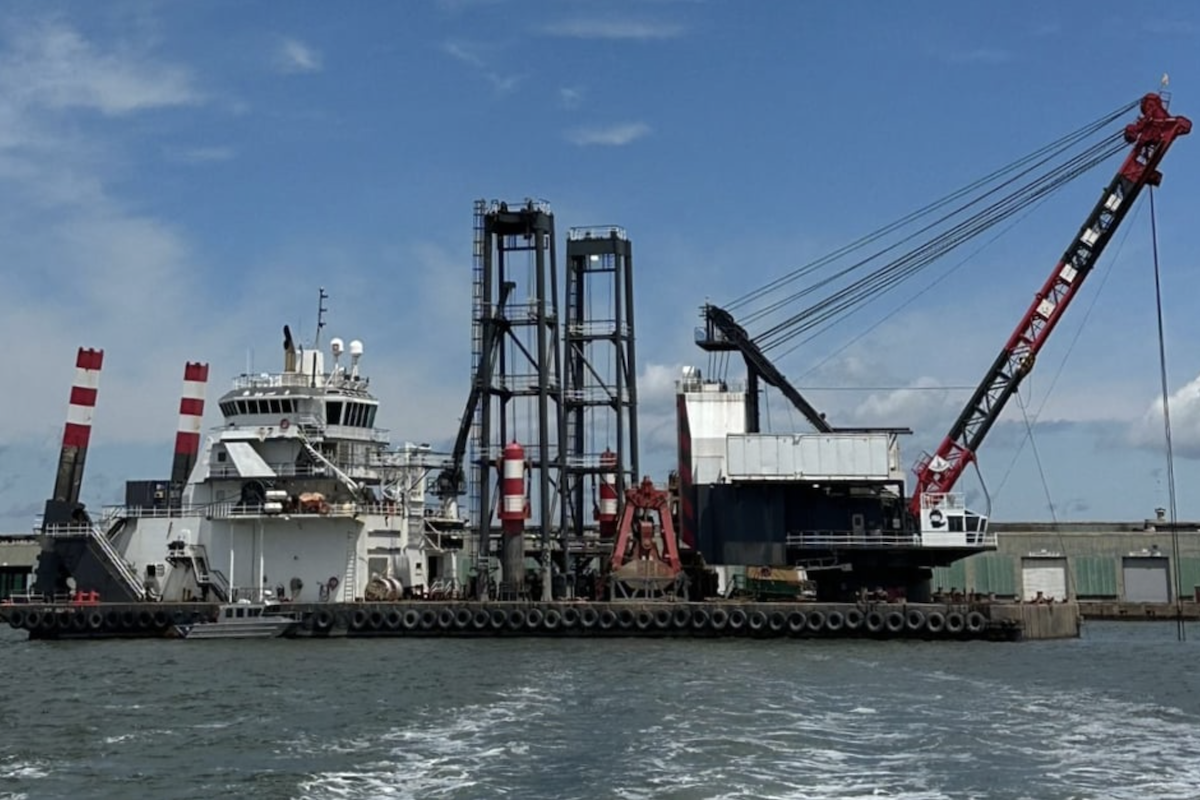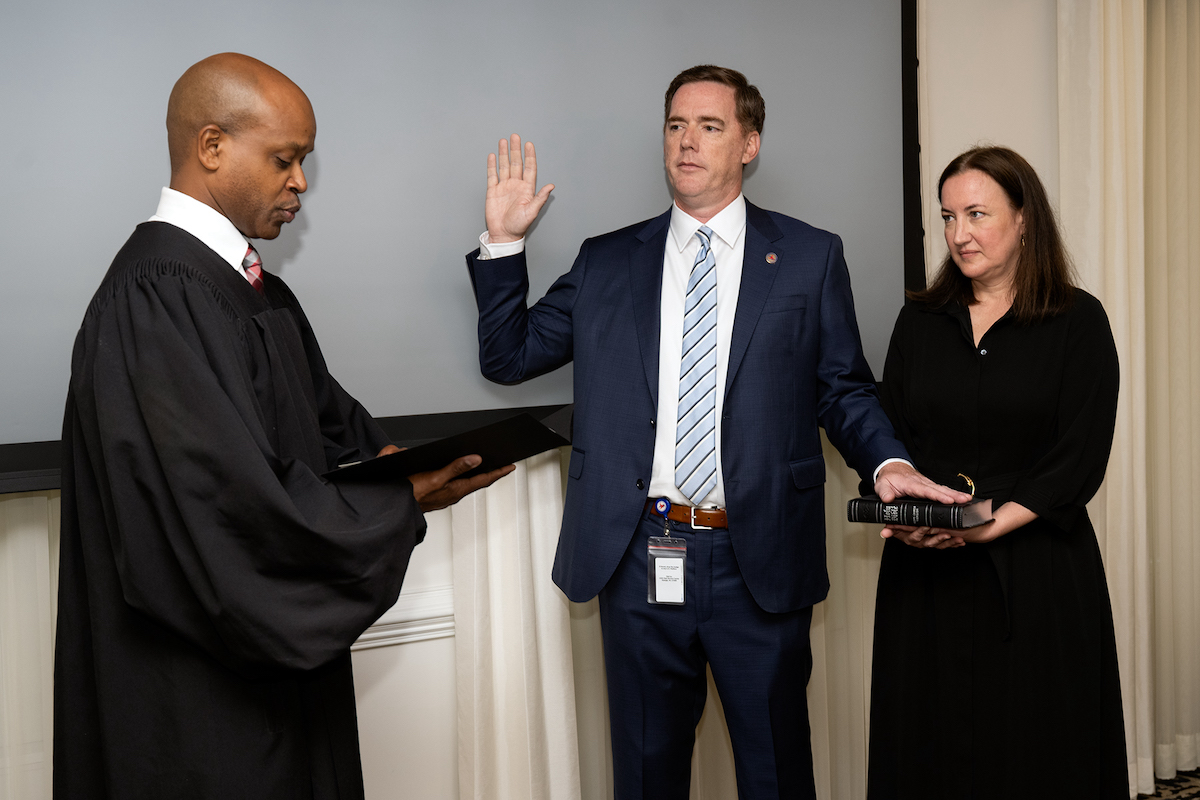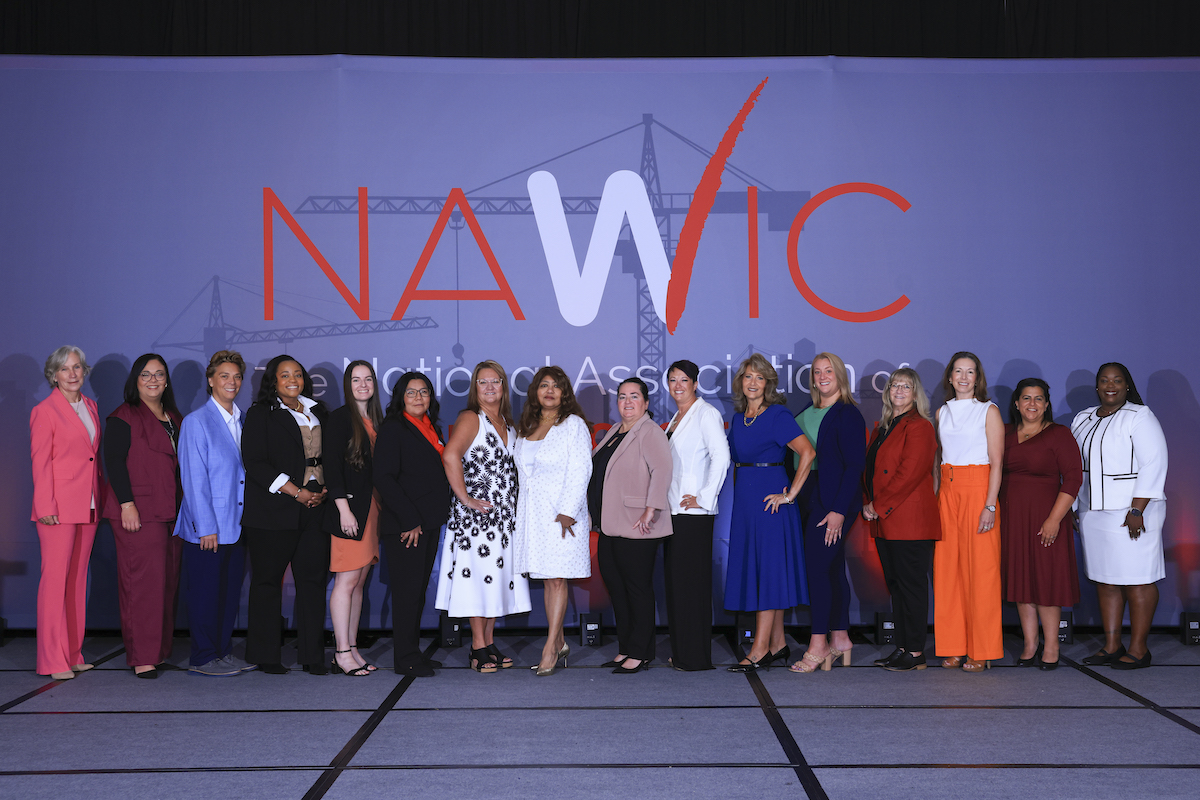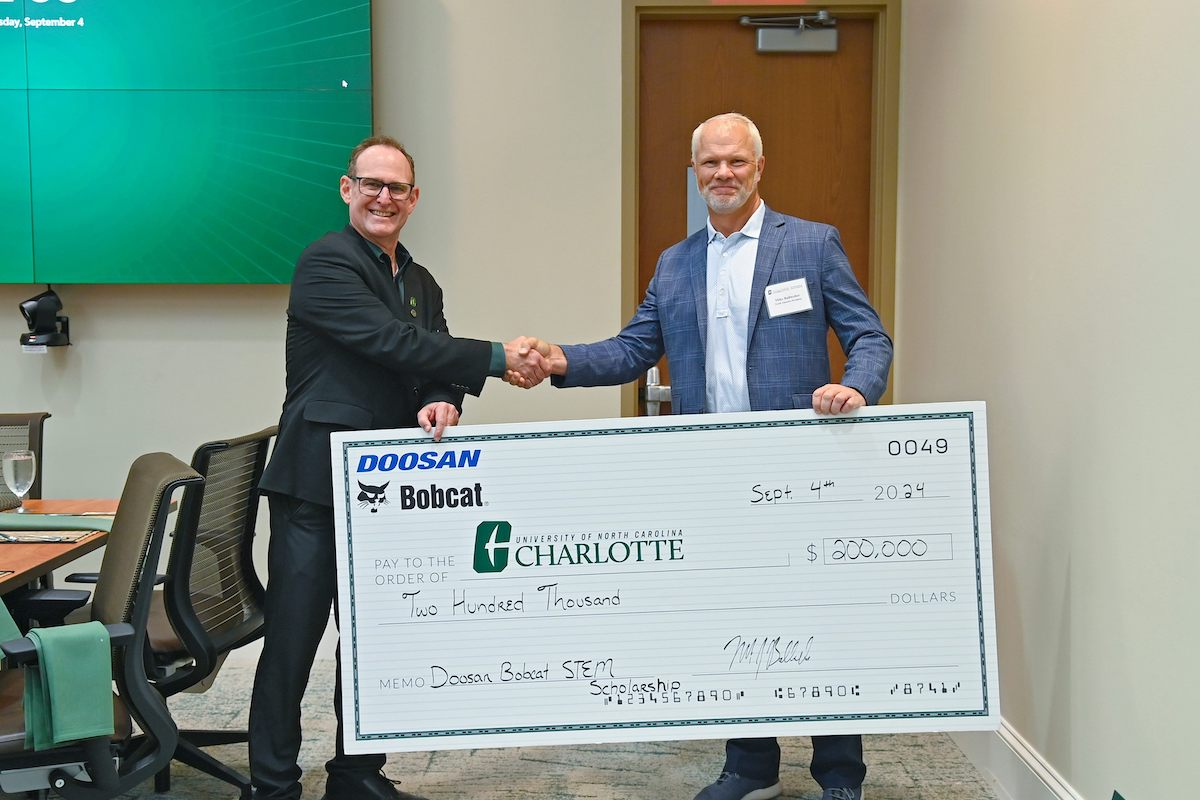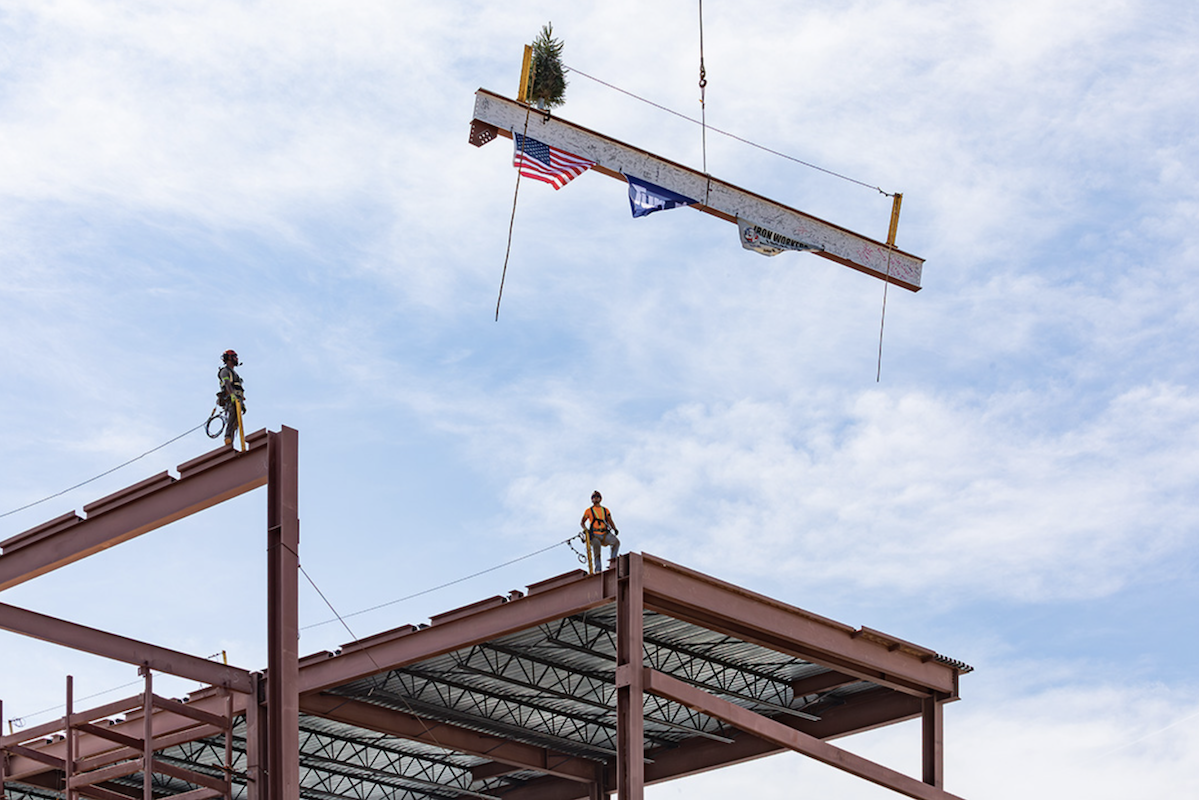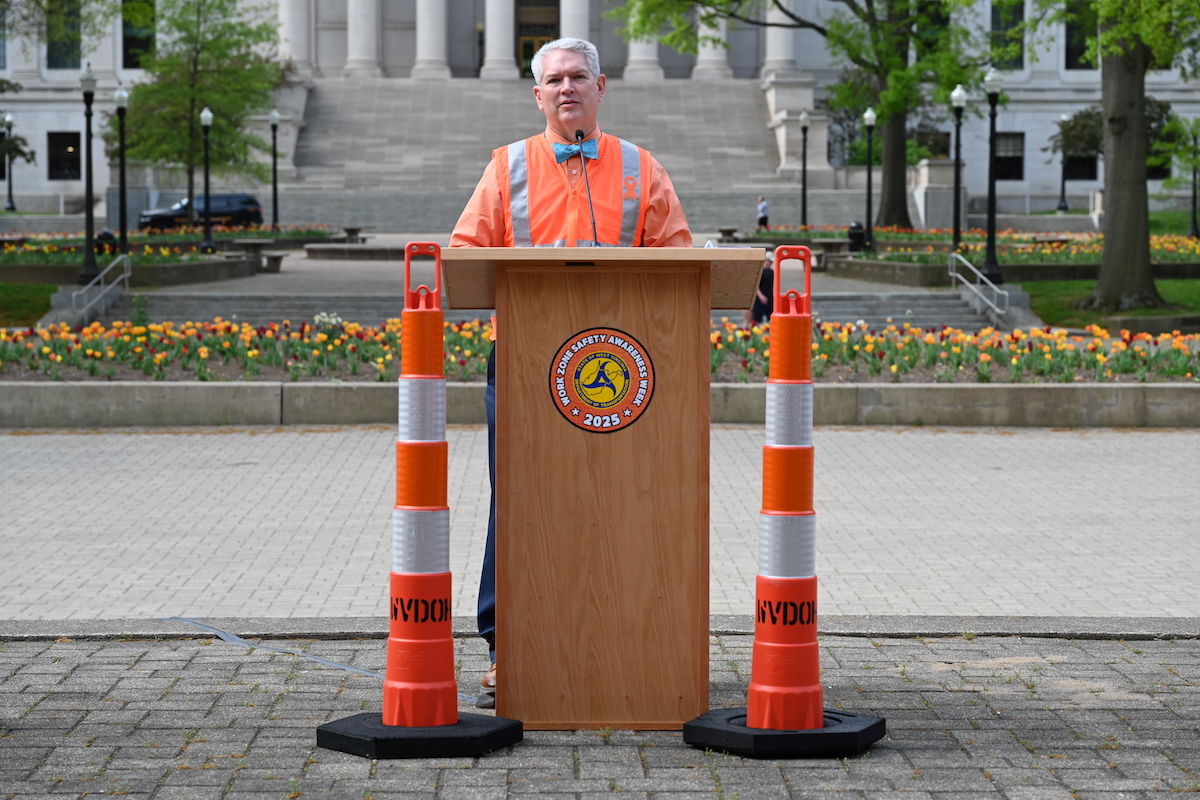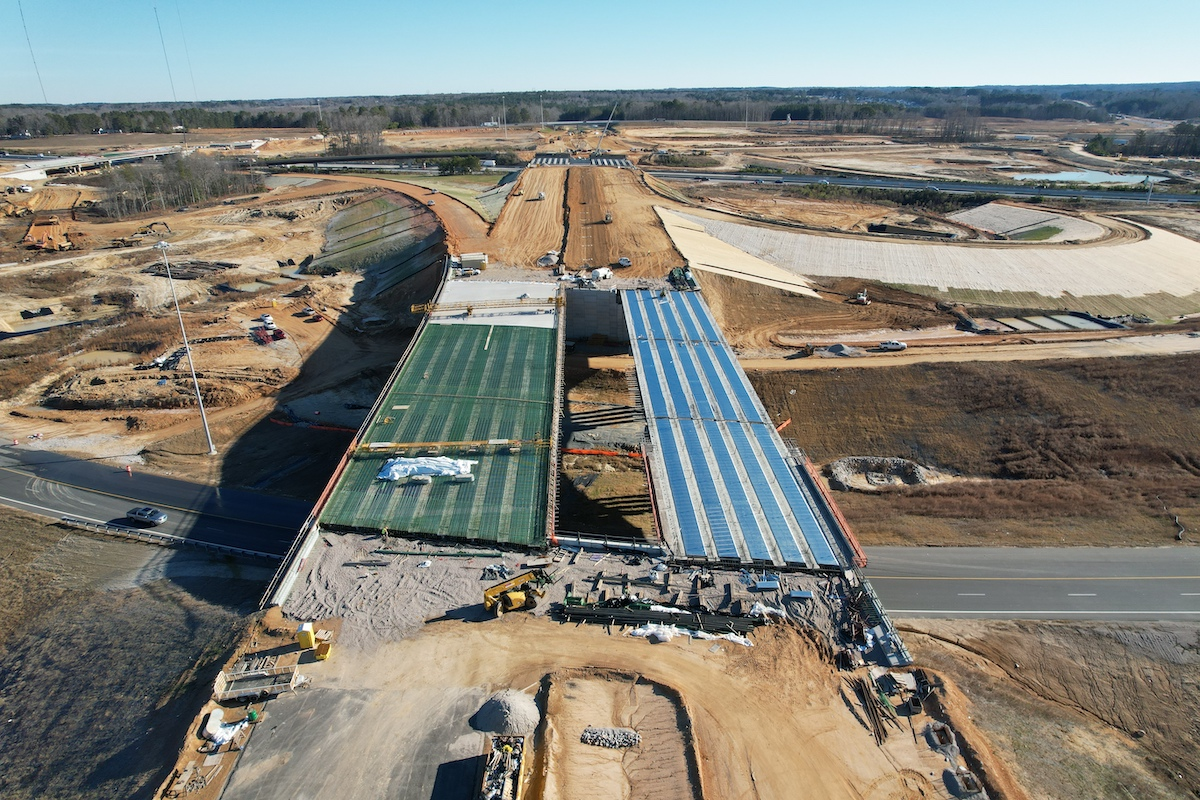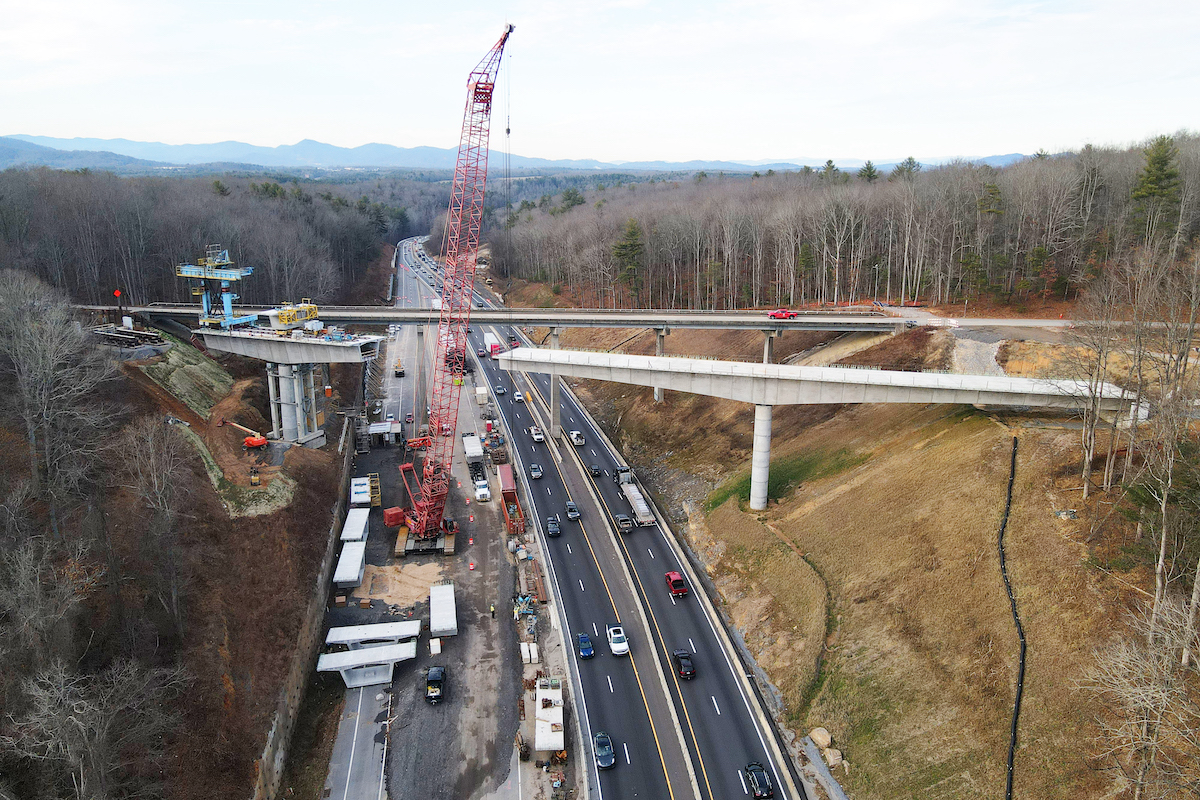HDR’s Virginia Initiative Plant Nutrient Reduction Improvements project for the Hampton Roads Sanitation District (HRSD) won a Grand Award at the ceremony of ACEC’s 53rd Engineering Excellence Awards Gala online. Facing a sanitary sewer overflow consent decree and imminent stricter treatment limits, HRSD initiated the $161-million Virginia Initiative Plant Nutrient Reduction Improvements project to lower nutrient discharges, expand hydraulic capacity, and replace aging equipment. HDR designed a bioreactor that provides treatment flexibility, allowing in-series or in-parallel operation with the existing three-stage nutrient removal process to achieve required effluent quality of 5 mg/l total nitrogen and 1 mg/l total phosphorus. The peak flow capacity increased from 80 MGD to 100 MGD with the capability to handle more than 120 MGD in the future. Using a phased delivery approach and fast-tracked construction schedule, the team completed the project on budget and on schedule.
The Marc Basnight Bridge carries North Carolina Highway 12 across the Oregon Inlet between Bodie Island and Hatteras Island. It replaces the previous Herbert C. Bonner Bridge, which was completed in 1963 and has suffered from scour and deterioration problems for more than 50 years. The new Marc Basnight bridge serves as a critical hurricane evacuation route and is integral to the state’s tourism industry. In 2011, the North Carolina Department of Transportation selected a design-build team with PCL Civil Constructors as the contractor and HDR as the designer to replace the Bonner Bridge. The new 2.8-mile, $254-million replacement provides a modern link between Bodie and Hatteras Islands with a 100-year service life. As the lead design firm, HDR provided all roadway, geotechnical, and bridge design, as well as environmental permitting services.
The I-20/26/126 corridor is the crossroads of the state economy and the major hub for the Midlands’ commuters, travelers, and commerce. In addition to being a main route in and out of Columbia, I-26 is a thoroughfare for travelers headed to the coast and mountains and a major cargo route between Lowcountry ports and Upstate manufacturers. As the prime consultant, HDR worked with South Carolina Department of Transportation to complete alternatives development, environmental analysis and documentation, public and stakeholder engagement, and preliminary design on the $1.6-billion project. Following extensive traffic, environmental and engineering analysis, an option was selected to make travel safer and easier for drivers through 2040. The Final Environmental Impact Statement and Record of Decision were completed in less than four years, well below the national average for the industry.

















